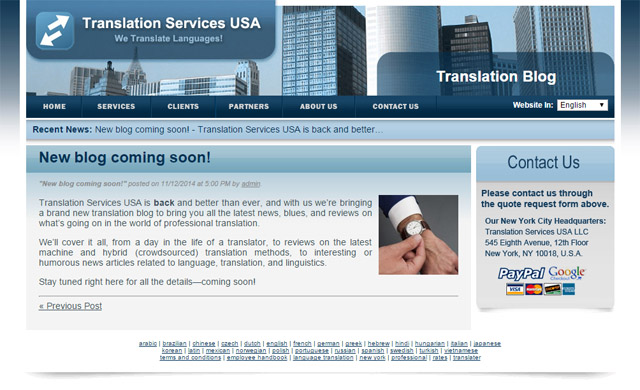Understanding transcription
Truman Capote as soon as admonished Jack Kerouac’s writing by proclaiming that “It isn’t composing at all–– it’s typing!” But to some, this would certainly be no disrespect. If narration is an impressionist landscape, setting letters to paper is Monet’s easel. Not just does the last support the former, yet the process of its creation can be cultivated as an art in its very own right. According to the most up to date darling of French preferred cinema, inputting can even be a tool for breaking through the glass ceiling and finding love! Though the real-world applications of a typist’s work are much less extravagant compared to real love, they are extensively relied upon in diverse sectors.
One of the most typical application of typing is transcription, which allows for movies to be subtitled, court documents to be kept, as well as speeches to be shared, to name a few usages.
There are 3 usual forms of transcription: Verbatim Transcription (online or from a recording), Intelligent Transcription (real-time or from a recording), as well as Transcription from Text or Sound.
Verbatim Transcription needs for a typist (transcriptionist) to pay attention to an audio speaker (live, in an audio recording, or video clip recording) as well as kind every utterance that is created consisting of filler words such as “uh,” “,” “hmmm” and so on. The transcriptionist needs to likewise note laughter, stops briefly, stutters, and various other elements of speech.
Smart Transcription likewise needs a transcriptionist to tape-record utterances from an online feed, audio recording, or video clip recording, however is not as literal as Verbatim Transcription. That is, Intelligent Transcription includes only speech that contains content as well as is relevant to the subject set forth. It omits filler words and a speaker’s unintentional articulations.
Straight Transcription from Text or Sound is transcription which needs the transcriptionist to type out a brand-new “tidy” copy of a paper (or series of documents, such as emails or clinical records) based on text (typically modified) or an audio recording (usually indistinct). The transcriptionist could sometimes make their own reasonings to complete cut-off or obscured sentences based upon context clues.
Transcription in any of the three listed scenarios requires patience and ability. A highly advanced typist standards 120 words per min (wpm), with most experts floating in between 80 and also 95 wpm. The average person for whom typing is not a profession is generally closer to 50 wpm. The fastest living typist according to the Guinness Book of Globe Records is Barbara Blackburn that kept 150 wpm for 50 mins and also is able to kind 170 wpm for much shorter periods; further, the fastest typist of perpetuity was Stella Pajunas who, in 1946, took care of 216 wpm.
Those interested to understand exactly how they compare can examine their very own typing rate below, but in case you are not yet able to match Pajunas, you could always get in touch with Translation Cloud for every one of your transcription needs!


